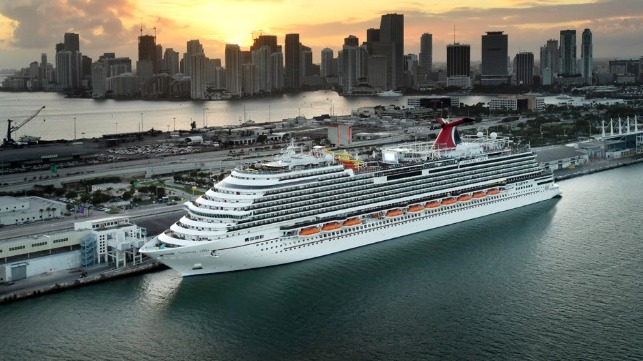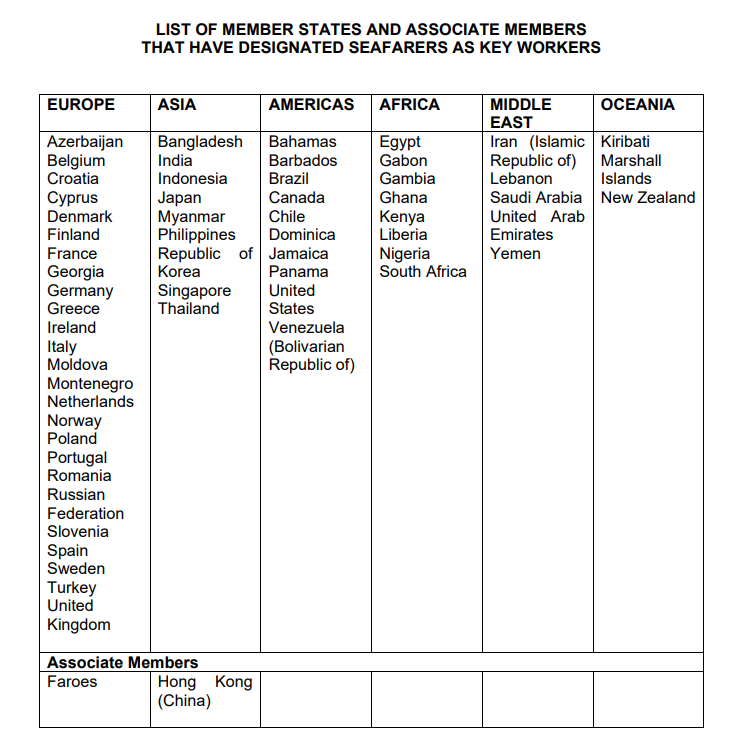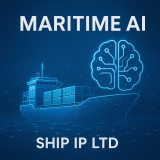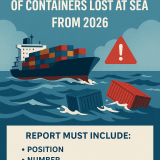It is well known for any cargo owner or freight forwarding company that having data to monitor the supply chain is key to any type of operation. For some companies the persistent challenge is to connect the end-to-end information, for others who have completed the puzzle, the challenge becomes knowing if they have enough data and if they have high-quality data that can be fully utilised. For cargo owners and freight forwarders, who need a helicopter view of the supply chain information and flow, understanding the available data and running scenarios on possible benefits from their data, is key for supply chain optimisation, continuous improvement and innovation.
Limited, partial and hard-to-access data has a direct impact on two fronts for cargo owners and freight forwarders: operations and innovation. On the operations side, having blind spots on the end-to-end process can result in high unexpected costs for the company. The lack of visibility can increase; demurrage costs, if the container has been discharged and the consignee has not been notified, or add trucking wait fees, if the container has not arrived as planned or is still within an ongoing release process. When thinking about the presence of data and how to make it more complete or less costly, there are a few questions you should ask about your data
Do I have access to the key data I need from all my logistic service providers?
Mapping out all your logistics providers and what milestones and documents are critical is an initial step.
For companies that want to take the lead on supply chain optimisation and innovation, having proper data feeds in place and easily accessible becomes even more important. Supply chain data is not only a source of information for day-to-day decision-making and visibility, but a strategic tool for improving the bottom line through increased profitability and reduced costs, and elevating the end-customer service level.
To help you gain insights on how supply chain data can make the transportation black box a more tangible and transparent source for data, these series of blog posts will address points related to the process of structuring and evaluating your data. Independently of where you are in this process, using manual information gathering via websites or already owning and controlling the end-to-end view, creating trusted insights when structuring supply chain data is a strategic requirement to make better and more proactive decisions.
How many hours are spent gathering manual data on websites and emails to fill gaps in my data that I still deem as critical?
It is a reality in our industry that data is incomplete or simply not accessible. If all data is not available and maintained via automatic connections, there is a high level of manual work required to ensure data completeness. Visiting websites, receiving emails or evaluating separate reports on excel is an additional source of cost and inefficiencies.
For most importers or exporters, the ocean leg is only the middle part of a complex journey that involves a series of logistic providers. Each of them have responsibilities within a specific leg or service and use their own systems and data standards. This gives rise to a highly fragmented digital landscape with multiple data streams that are difficult to integrate with one another. Combining data from all these parties has always been a challenge.
How much work is necessary to combine different reports into one and make it available to all the parts of the organization that need it?
If all information is captured to provide the day-to-day visibility for operations, it’s also needed to evaluate how this data is organized, stored and retrieved for detailed analysis and scenario work.
This process becomes even more problematic when considering that each logistics provider may have different types of information to share, an uneven level of technical capability, and use different formats to provide the desired files and data.
Adding more entities to this data capture only exacerbates the issues. While the data provided by ocean carriers follow similar standards, first and last mile extended visibility are a well-known pain point across all company sizes and industries. The data related to rail, trucking, inland gate-in or gate-outs are often unavailable or hard to access, requiring a high level of manual work, where data still might not be available.
How much do I spend on creating and maintaining Electronic Data Interchange (EDI) or Application Programming Interface (API) connections?
Allocating resources internally or hiring third parties to manage Information Technology (IT) connections have a cost. Understanding exactly what this spend is contributes to the transparency on the overall operational costs.
Even within very sophisticated supply chains systems, there is strong reliability on customised and costly EDI connections which are still peer-to-peer integrations and create silos. When direct connections are not available, manual input that requires hours of work or other types of reports that must be incorporated to the main system is a common alternative.
All these options have an impact and force companies to allocate resources, time and investment in non-core activities. They also affect the ability of companies to react to exceptions in a timely manner due to the manual flows created.
How do I share this data back outside my four walls to realize true collaborative efficiencies?
In a journey that includes multiple modalities of transport and services provided by different entities the coordination and timeliness between them is key. Making information available to different partners facilitates their work and handover between entities, driving gains in timeliness, efficiency and increasing trust.
Supply chains are complex systems. While working to simplify and gain operational efficiencies, considering how to connect all parts of this process for proper information access and sharing is key to implementation, execution and performance analysis.
Having access to all the data is only the first step. Be sure to watch this space.












